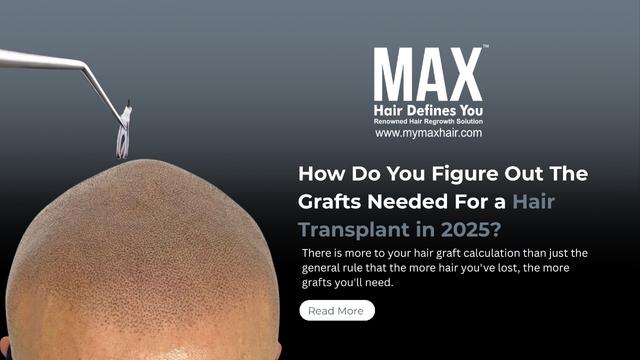OurBlogs

Is Hair Transplant the Right Solution for Thinning Hair?

Hair Transplants for Women in Bangalore: What You Need to Know

Say Goodbye to Hair Loss: Hyderabad's Best Hair Transplant Clinic Solutions

Finding Your Perfect Match: Top Hair Transplant Clinics in Hyderabad

Are Hair Transplants Safe in Hyderabad?

Struggling with baldness? Know the Most Effective Hair Transplant Treatments in Delhi

Hair Transplant Recovery in Bangalore: What to Expect After the Procedure

5 Reasons Why a Hair Transplant Might Be the Best Decision You Ever Make

FUE vs. FUT: Which Hair Transplant Technique in Delhi Is Right for You?

Where to Get a Safe and Reliable Hair Transplant in Coimbatore

How do you figure out the grafts needed for a hair transplant in 2025?





